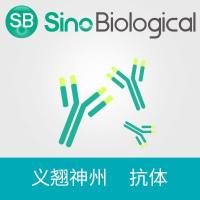Protein kinase C (PKC) signaling drives many important cellular processes and its dysregulation results in pathophysiologies such as cancer (Gokmen-Polar et al., Cancer Res 61:1375–1381, 2001). Because PKC is activated acutely and allosterically, it is difficult to monitor the cellular activity of endogenous PKC by conventional methodologies (Newton, Methods Enzymol 345:499–506, 2002). Rather, PKC signaling is best studied in situ using biosensors such as FRET-based reporters. We have generated several FRET-based reporters for studying PKC signaling in real time in live cells (Violin and Newton, IUBMB Life 55:653–660, 2003). Using these reporters, we have demonstrated phase-locked oscillations in Ca2+ release and membrane-localized endogenous PKC activity in response to histamine (Violin et al., J Cell Biol 161:899–909, 2003), as well as distinct signatures of endogenous PKC signaling at specific organelles in response to uridine-5′-triphosphate (UTP; Gallegos et al., J Biol Chem 281:30947–30956, 2006). Here we describe methods to image cells expressing the reporters and elaborate on data analyses, control experiments, and variations for imaging the activity of expressed PKC.






